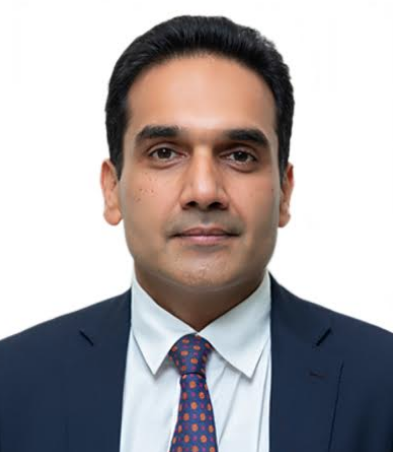GLP-1 medications could potentially emerge as significant market catalyst for diabetes
October 31, 2023 | Tuesday | Views | By Amit Mookim, Managing Director, IQVIA South Asia
Diabetes not only impacts the human body with its own set of symptoms, but also significantly elevates the risk of comorbidities
With millions of people diagnosed with diabetes in India and an even larger undiagnosed population, we are confronted with a significant impending burden caused by non-communicable diseases.
Diabetes not only impacts the human body with its own set of symptoms, but also significantly elevates the risk of comorbidities such as cardiac, renal, and other inflammatory conditions, owing to fluctuations in glucose levels. The irony is that while income levels are rising in India, one must make an even more critical assessment of how our consumption patterns are creating more problems for us.
As the prevalence of the disease continues to rise, one key concern is our capacity to effectively address the condition. Currently, the available resources are relatively limited in terms of specialists, which emphasises the need for a broader involvement of consulting physicians and various medical specialties in managing the disease pathways. There is also a growing need for increased awareness among patients and their caregivers.
Globally, diabetes is a condition where we have seen that through a combination of medication and a shift in lifestyle, encompassing dietary habits and exercise routines, we can not only effectively manage the condition but also potentially reverse it, particularly in its early stages. Digital tools (such as wearables) have been particularly helpful in this regard. We are seeing an increase both in their adoption as well as their effectiveness to nudge people towards the right behaviour. These tools also offer an ongoing dialogue between care providers and patients, helping in better management of this lifestyle disease.
As the healthcare infrastructure develops in India, it is heartening to see an increased supply of chronic medicines through Jan Aushadhi centres, including drugs for diabetes management. The recent patent expiries, resulting in loss of exclusivity of drugs such as sitagliptin, vildagliptin, dapagliflozin, and more recently, linagliptin, have driven generics volume expansion in the market. The doctors are also increasingly prescribing a combination of molecules, with the expectation of driving better outcomes.
A noteworthy international development has been the introduction of new GLP-1 medications, by two global pharmaceutical companies, for treating type 2 diabetes and addressing obesity, a significant contributing factor to the onset of diabetes. This could potentially emerge as a significant market catalyst, as its adoption grows across countries.
That being said, in India, there is still a need to raise awareness, encourage healthier eating habits, promote a healthier lifestyle, and expand access to both medications and healthcare providers.
Amit Mookim, Managing Director, IQVIA South Asia









